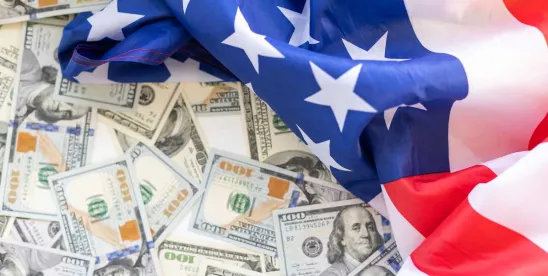As we wrote about earlier this year, the U.S. Department of Labor (DOL) finalized a rule on April 23, 2024, increasing the standard salary level for the “white collar” exemptions under the Fair Labor Standards Act (FLSA) at $844/week as of July 1, 2024. This marked a significant increase from the $644/week ($43,888 annually) threshold established in January 2020. In less than two months, the weekly salary requirement for white collar-exempt employees will increase to $1,128/week ($58,656 annually), starting on January 1, 2025.
As a reminder, employees must be paid at least the minimum weekly salary of $1,128 and satisfy the relevant “duties test” under the FLSA to meet one of the three “white collar” exemptions: executive, administrative, and professional. The DOL’s changes to the FLSA minimum salary thresholds also increased for the “highly compensated employee” exemption (HCE). Earlier this year, on July 1, the annual total compensation requirement for the HCE exemption rose to $132,964/year (up from $107,432/year), and on January 1, 2025, will further increase to $151,164/year.
Notably, since our previous publication earlier this year, federal courts have been asked to consider whether the DOL exceeded its authority when implementing regulations increasing the minimum salary thresholds for FLSA exemptions. In September 2024, the U.S. Court of Appeals for the Fifth Circuit — which serves Texas, Louisiana, and Mississippi and is often viewed as a conservative, pro-business, anti-regulation circuit — issued a decision in Mayfield v. U.S. Department of Labor that affirmed the DOL’s authority to increase the salary basis to define a minimum threshold for exemptions. The court in that case held that the DOL’s rulemaking on this issue “fell within the [DOL’s] explicitly delegated authority to define and delimit the terms of the [White Collar] Exemption.”
Notably, the Fifth Circuit’s decision came after the Supreme Court’s 2024 decision in Loper Bright Enterprises v. Raimondo, which Foley analyzed earlier this year here. In our previous publication, we discussed how the Fifth Circuit relied on Loper-Bright to overturn a DOL regulation that set limits on the amount of time that tipped employees may spend on tasks that do not directly generate tips, finding that the DOL’s rule was inconsistent with the Fifth Circuit’s interpretation of the FLSA. The Fifth Circuit’s decision in Mayfield thus sends an unequivocal message that the DOL’s authority to increase the minimum salary thresholds is clear, and employers should act accordingly and not anticipate the new limits to go away anytime soon.
As a result, all employers with salaried workers should audit the exempt status and salaries for their employees to ensure compliance with the upcoming increases to the minimum salary requirements. Employers should also be sure to review compliance at the state level, as some states also require employees to meet a minimum salary threshold that is often tied to the state minimum wage. For example, the minimum wage in California will increase for most workers to $16.50/hour, which means the minimum exempt salary will increase to $68,640 annually. We encourage employers to review these requirements sooner rather than later, before getting lost in the upcoming shuffle of the holidays and avoiding the risk of being out of compliance when the ball drops in Times Square.




 />i
/>i
